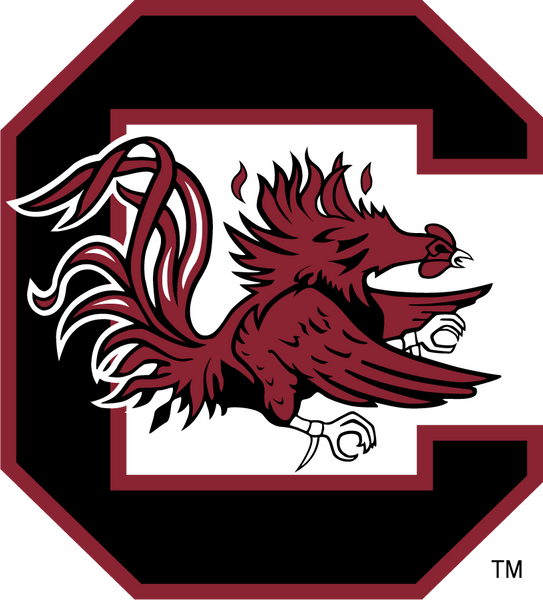Sports
WBB vs. UConn (4/6/25)
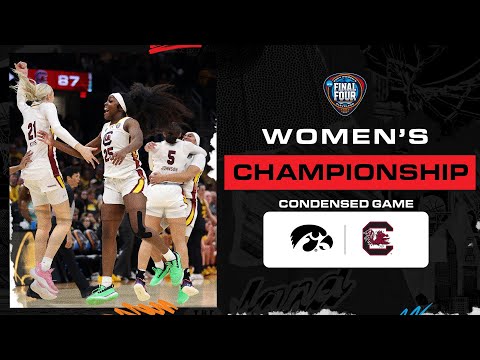
Sports
Saint Thomas Aquinas volleyball player Grace Martin honored as athlete of the week

Grace Martin, a volleyball player at Saint Thomas Aquinas, has been named this week’s KMBC-Hy-Vee Athlete of the Week for her exceptional performance and achievements in the sport.Martin is a first-team All-American and a three-time state champion. She was recently awarded the Evelyn Gates Award, which is given to the best player in the area. She is taking her volleyball talents to Arizona State next year. Congratulations to our athlete of the week.
Grace Martin, a volleyball player at Saint Thomas Aquinas, has been named this week’s KMBC-Hy-Vee Athlete of the Week for her exceptional performance and achievements in the sport.
Martin is a first-team All-American and a three-time state champion. She was recently awarded the Evelyn Gates Award, which is given to the best player in the area.
She is taking her volleyball talents to Arizona State next year.
Congratulations to our athlete of the week.
Sports
Svidal, Taiwo set new indoor triple jump records at Commonwealth Opener
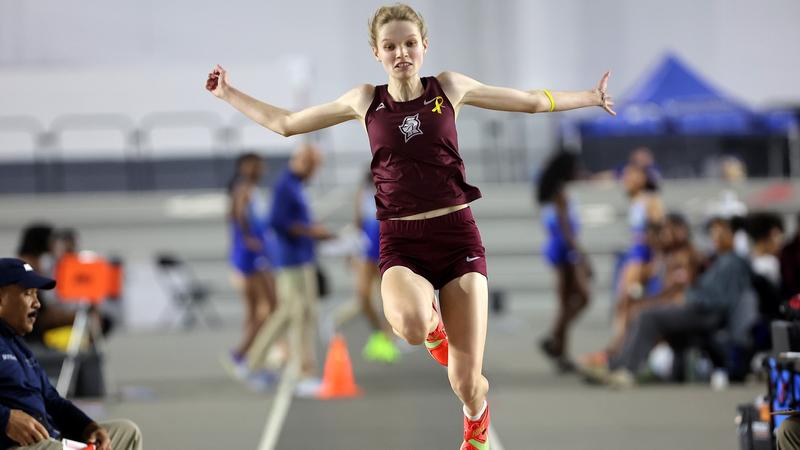
LOUISVILLE, Ky. — Both triple jump program records were shattered as Bellarmine University track and field opened the indoor season Saturday at the Commonwealth College Opener at the Norton Healthcare Sports & Learning Center.
Junior Amelia Svidal broke her own women’s indoor program record in the triple jump after recording an 11.79m jump, which topped her 11.66 from the 2025 Rod McCravy Memorial. She placed fourth in the event and was also fourth in the long jump (5.34m).
Freshman Tola Taiwo made an auspicious collegiate debut by setting a new men’s indoor program record in the triple jump with a leap of 13.90m, which broke Bryan Cummings’ long-held mark of 13.78 from the 2017 Indianapolis Season Opener, along with Cummings’ freshman program record of 13.43 from the 2017 UIndy Collegiate Challenge. He placed fifth in the event.
Senior Jansen Story took top honors in the women’s 1000m (3:11.50), while senior Zander Hooten placed first in the men’s 60m hurdles (8.13) and junior Carter Olmsted snagged third (8.34).
Bellarmine’s men captured three of the top five placements in the 300m, as sophomore Grant King was second (34.31), senior Zac Hutslar was third (34.45) and junior Josiah Moore was fifth (34.56). King was a hair off Jackson Gordon’s program record (34.30) from last season’s Commonwealth College Opener.
Bellarmine is off until the Jan. 9-10 Rod McCravy Memorial at Norton SLC.
For more coverage of Bellarmine athletics, follow BUKnights on X (formerly Twitter), Instagram and Facebook.
Sports
UWO volleyball wins first national championship
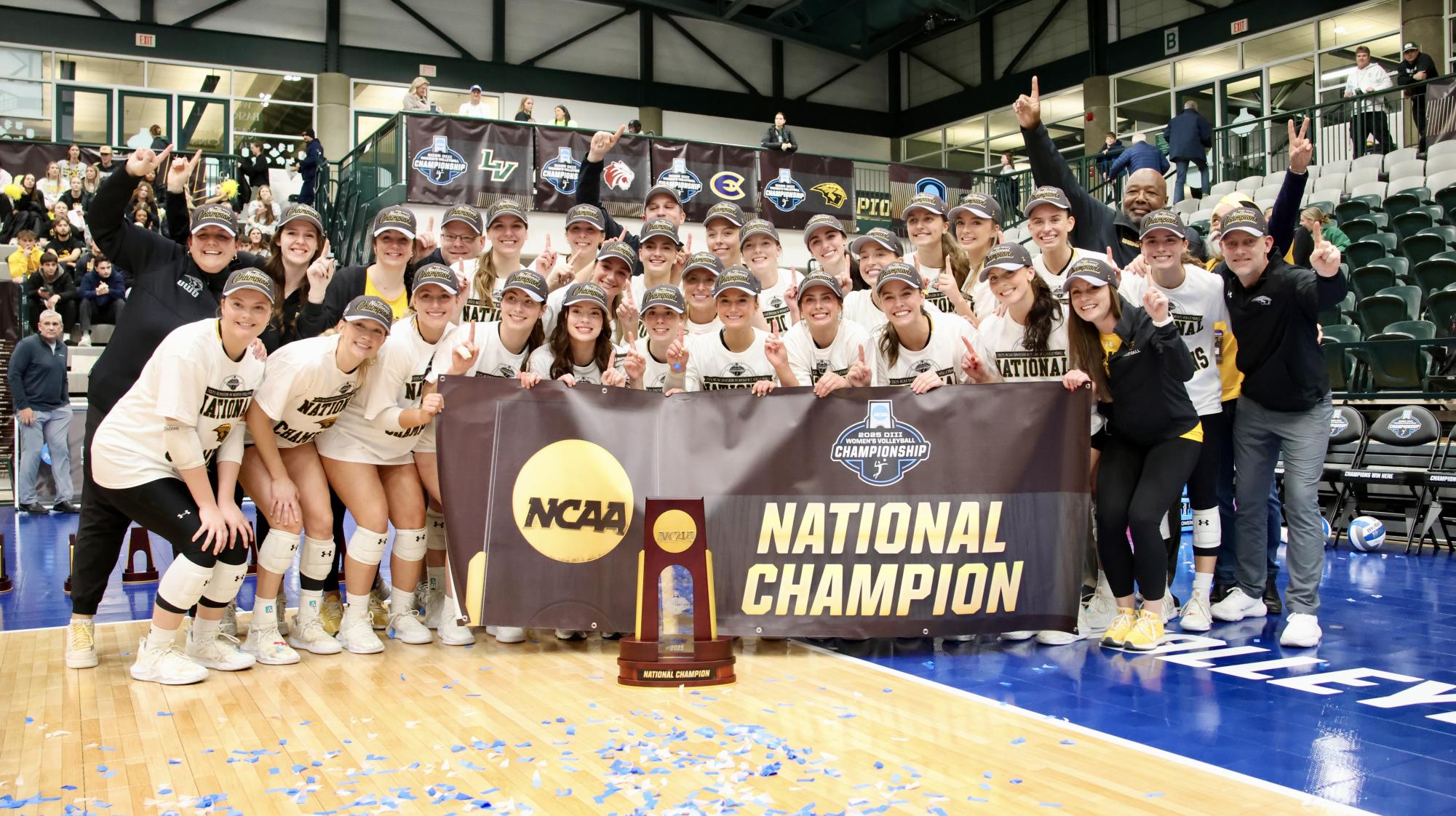
The No. 2-seeded UW Oshkosh women’s volleyball team won its first ever NCAA Division III National Championship with a sweep over the University of La Verne (California), completing a perfect run in the tournament by not relinquishing a single set throughout the Titans’ six matches played.
Samantha Perlberg led the team in the win with 16 kills and 13 digs with one ace. Grace Juergens led in the ace department with two on the night. Lauren Grier recorded the team high in blocks with four and Izzy Coon’s 17 assists were the team high.
In the first set, UWO opened it up right away with a 9-1 run to turn a 2-2 tie into an 11-3 lead. The Leopards responded immediately to lower the 11-3 Titans lead to 12-9. That was the closest that La Verne got as UWO opened its lead back to 20-12 behind four kills from Perlberg in an 8-3 run. From there the Titans were able to win comfortably in a 25-17 set one win. Riley Borrowman closed out the set with a kill to get the final point.
The second set was where the punches were traded between both teams. For the entire set, neither La Verne or Oshkosh had a lead that was larger than three points. The lead also switched six times throughout the whole set. UWO was able to take advantage and pull away late in the second set. Down 20-19, UWO finished the set on a 6-2 run behind two kills each from Juergens and Grier to win the second set 25-22 and get a 2-0 lead in the match.
Unlike the Sept 12. matchup when the Titans failed to close out the Leopards while holding a 2-0 lead, this time around, UWO was able to put a stamp on La Verne. The Leopards built a 16-12 lead in set three but from there it was all UWO. A 6-0 run by the Titans reclaimed UWO the lead at 18-16 and Oshkosh never relinquished it for the rest of the game. Oshkosh was able to extend the lead at 24-19, and despite two kills from La Verne’s Mya Ray to keep the game alive for just a couple more points, Juergens was able to put the stamp on a long sequence of big saves by both teams with a kill to win the set 25-21, the match 3-0 and handed the Titans their first national championship.
UWO completed a 34-3 regular season with a 7-0 conference record and won every championship available. The Titans won the WIAC Regular Season championship, WIAC Tournament and the NCAA Tournament. The Titans also won the national title by being the third team in D-III history to put up a perfect record by not losing a single set in the NCAA tournament.

Sports
Augusta Men’s Track & Field Opens Inaugural Indoor Season With Record-Breaking Performances Across Two Meets
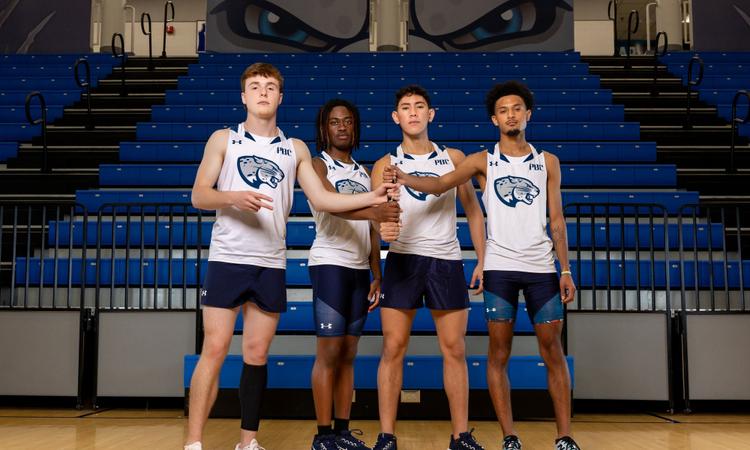
AUGUSTA, Ga. – Senior distance standout Avery Jaynes broke the Peach Belt Conference indoor 5,000-meter record to lead the Augusta University men’s track and field team in its inaugural indoor season opener on Saturday, as the Jaguars competed at two events featuring a strong mix of Division I and Division II programs: the BU Sharon Colyear-Danville Season Opener in Boston and the Visit Winston-Salem College Kick-Off at JDL Fast Track.
Boston Results
Winston-Salem Results
Jaynes Breaks PBC Indoor 5K Record At BU
Facing a nationally competitive field loaded with Division I athletes, Jaynes ran 13:58.81 in the 5,000 meters to set a new Peach Belt Conference indoor record and Augusta indoor school record. His performance met the NCAA Division II standard and adds to a résumé that includes All-America honors, Augusta outdoor records in the 5,000 and 10,000, PBC outdoor records in both events, PBC Outstanding Track Athlete of the Year, and an appearance at the 2025 NCAA National Championship.
At the same meet, Oscar Curry and Seth Eye opened their seasons with strong efforts against elite fields. Curry ran 3:55.55 in the 1500 meters en route and 4:14.26 in the mile, while Eye posted 4:08.79 en route and 4:27.59 in the mile.
Jaguars Open Indoor Slate At JDL Fast Track
The majority of Augusta’s men’s squad competed at the Visit Winston-Salem College Kick-Off, which also featured opponents from both divisions.
Freshman Devin Barolette led Augusta in the sprints, clocking 22.16 in the 200 meters, followed by freshman Gabriel Carson in 22.46. Carson returned to run 49.73 in the seeded 400 meters, while freshman Dorian Chance paced the group with a 49.07.
Sophomore Charlie Roberts and junior Roberto Barrera added two more sub-50 marks in the 400, running 49.22 and 49.61.
In the 800 meters, freshman Kaden Lombardo led Augusta in 2:04.16, followed by freshmen Barrett Stepp (2:04.43) and Evans McDaniel (2:12.60).
Junior Noah Shepherd ran 4:20.46 in the mile to lead the Jaguars, with freshmen Francisco Palacios (4:28.50) and Connor Mumford (4:35.54) completing the group.
Distance Group Stacks Strong 5K Efforts
Augusta’s distance depth carried into the Winston-Salem meet, where junior Andrew Helfers placed sixth in the 5,000 meters in 15:00.18. Sophomore Eli Corn ran 15:23.91, and freshman Caleb Darsey opened his indoor season in 15:54.66.
Jean Baptiste Leads Field Events
Junior Mitchell Jean Baptiste highlighted Augusta’s field event performances with a 1.94-meter (6-4.25) clearance in the high jump.
The team returns to Winston-Salem the following week for the ‘Twas the Meet Before Christmas on Friday, Dec. 12.
Fans of Jaguar Athletics can subscribe to the email listserve by clicking here. Fans can follow Augusta University at www.augustajags.com and receive short updates on Facebook at Augusta University Athletics and on Twitter at @AugustaJags
Sports
Arizona Volleyball Falls Short in NCAA Tournament Second Round
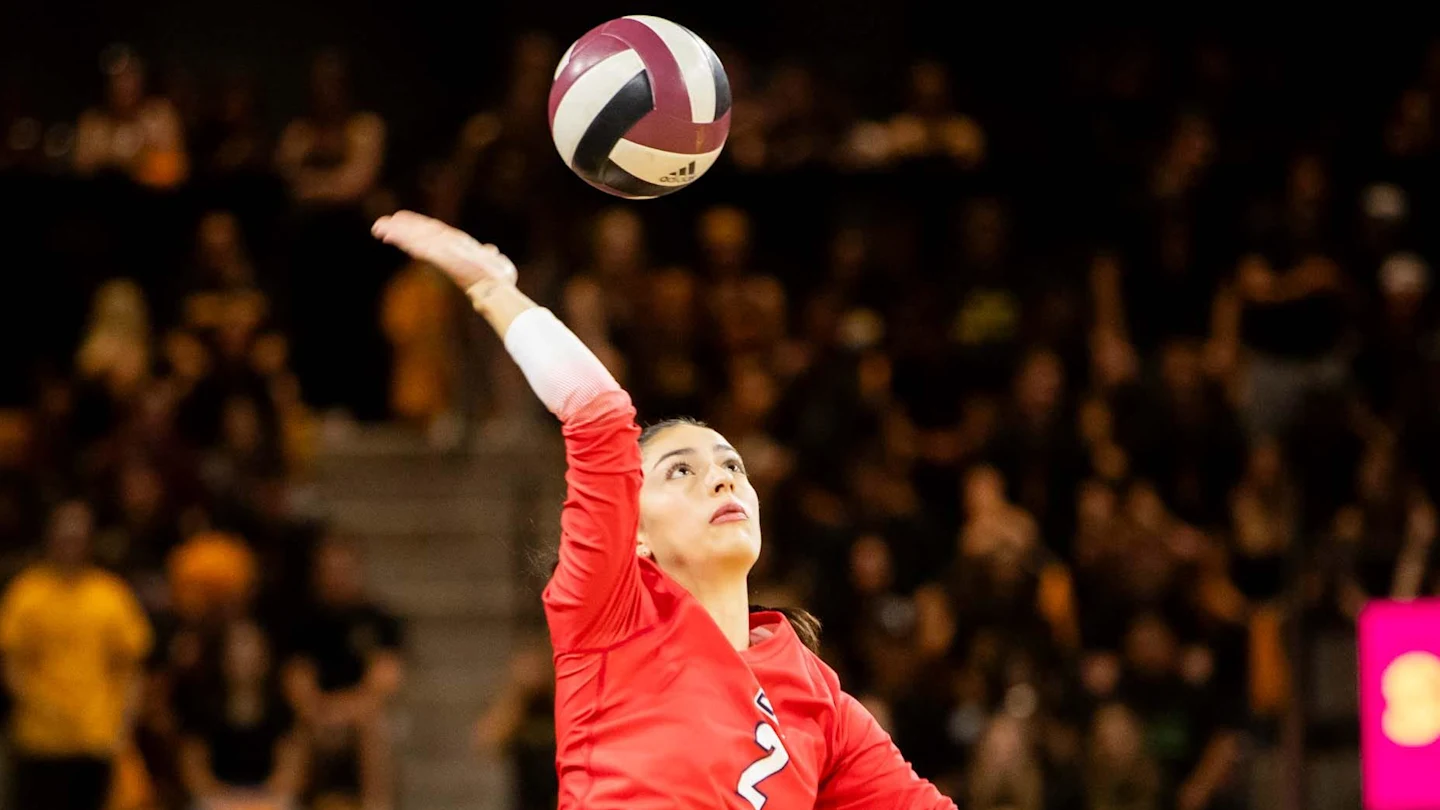
Match Overview
- The match ended 3–1 in favor of Stanford, with the set scores: 25–16, 27–25, 25–17, 25–20.
- The loss concludes Arizona’s 2025 season despite a strong effort. Solid blocking (10 total blocks) and holding Stanford under for some time could not be sustained as the Wildcats were hurt largely by serve-receive problems and a dominant serving performance by the Cardinal: Stanford delivered 8 aces, while Arizona had none.

Key Performers for Arizona
All stats and numbers are according to arizonawildcats.com
Jordan Wilson
- Wilson led the Wildcats with 17 kills, added 7 digs, and recorded 3 blocks in her final collegiate match.
- Her strong presence at the net and offensive firepower were highlights of the match for Arizona, even if the result didn’t go their way.
Carlie Cisneros
- Cisneros contributed 12 kills on the offensive end.
- Her attack efforts helped Arizona stay competitive, particularly when the Wildcats threatened at times in the match.
Journey Tucker
- On defense at the net, Tucker led Arizona with five blocks, the most among the team.
- Her blocking presence alongside others helped keep Stanford under a manageable hitting rate overall. One of the only aspects of the match that really got going for the Wildcats.
Set-by-Set Breakdown and Summary

- Set 1 (16–25): Stanford came out strong, hitting .565 with three blocks and secured a convincing first set. Arizona struggled to match that energy out of the gate. Cisneros led UArizona with six kills and hit .500; Wilson added four kills, but the Wildcats couldn’t keep up.
- Set 2 (27–25): Arizona fought back and forced a tight contest, ultimately pulling out the second set. The Wildcats hit .387. Wilson recorded six kills and two blocks, and Tucker added three kills on three swings, helping give Arizona some hope to extend the match.
- Set 3 (17–25): Stanford regained control. Arizona tallied some blocks (three in the set), but the Cardinal maintained pressure, including net play and strong serving to take the set. Wilson still managed five kills, but the Wildcats couldn’t overcome Stanford’s momentum once again.

- Set 4 (20–25): Arizona tried to stay in it. On offense, Cisneros had three kills; Wilson and another contributor (Sydnie Vanek) added two kills each. Defensively, Tucker had a pair of blocks. But overall, errors in serve receive, and an inability to generate consistent offense allowed Stanford to close out the win.
Arizona showed flashes of competitiveness especially in the second set but couldn’t maintain consistency. This was a match that ultimately felt that it needed to be a near perfect performance for Arizona to win against a high powered Stanford squad but too many shortcomings put them too far behind to overcome.
Bigger Picture & What It Means for Arizona

- Reaching the second round of the NCAA Tournament is meaningful as this season marks the first time since 2018 that Arizona made the NCAA Tournament, signifying a potential resurgence under head coach Charita Stubbs.
- Despite the loss, Coach Stubbs emphasized the team’s growth and the foundation laid for future success. The experience of playing in the postseason, especially a tightly contested set like the second, can help the squad build character and cohesion in coming seasons.

In its first NCAA Tournament appearance in years, Arizona fell short but not without showing glimpses of promise. The effort from senior leaders, combined with emerging contributors, suggests that this program is heading in the right direction. With returning talent and the lessons from this match, Arizona has reason to believe in even greater postseason runs ahead.
Follow us on our X account by clicking on the link.
Sports
Lopes break multiple records in opening meet
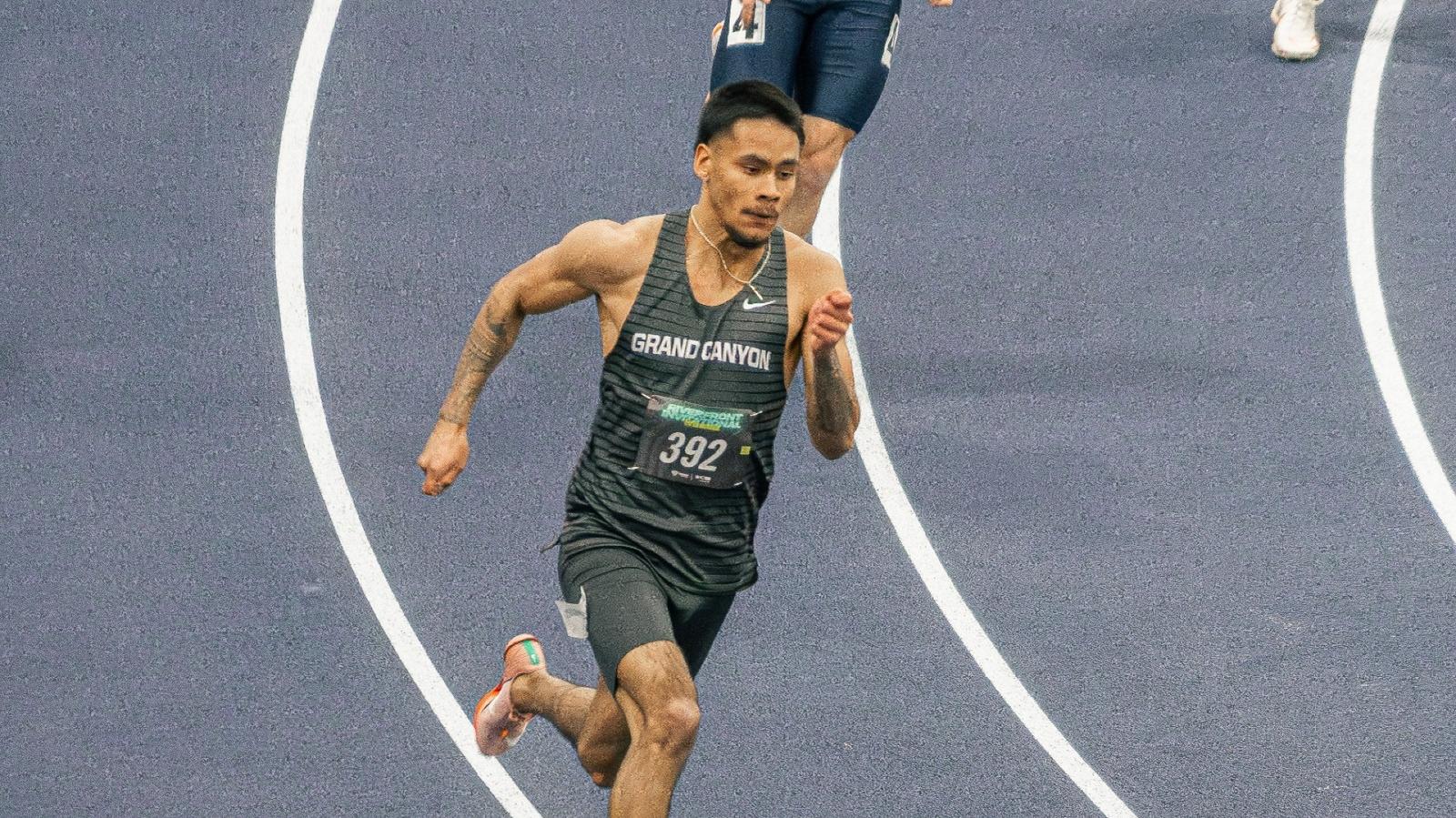
“We had a fantastic season opening meet this week in Reno.” Lopes head coach Tom Flood said,
GCU senior Germain Lemaitre broke the schools 800-meter record with a mark of 1 minutes, 48.85 seconds. This time also set Lemaitre at second in the nation just behind Thomas Cowan at Boston College.
Germain continued his standout weekend winning the 600-meter, running it in 1:17.021.
The Lopes transfer standouts, junior Tatum Moku and junior Eva Lowder, also broke the school record in pole vault. The record was broken at 4.25 meters for both.
Flood was impressed by the level pole vault brought this weekend.
“To cap off a great first day, both Eva Lowder and Tatum Moku shattered our school record in the women’s pole vault and tied for second in the nation,” Flood said.
Lopes Junior Praise Jubinor was also the top finisher in men’s long jump at the 7.29-meter mark.
Moving onto the weekend, the Lopes continued to have top finishers.
“On Saturday, we picked up right where we left off on Friday with our men’s 60-meter hurdles, won by Francisco Marques with a time of 7.92,” Flood said. “Miguel Rosario had a fantastic season opener in the 200-meter (setting a mark of 20.81) which is the fourth fastest time in Mountain West Conference history and third in the NCAA.”
GCU junior Gavin Dimick finished first in pole vault with a mark of 5.1 meters.
Transfer junior Antoni Smith kept up the Saturday momentum finishing first in the high jump at 2.05 meters.
Flood also gave praise to sophomores Cassie Small and Nina Thevenin for the meet.
“I thought that both Cassie Small and Nina Thevenin both had great doubles in the 60 and 200 meters,” Flood said.
“We finished the weekend with a bang as Miguel Rosario won the 60-meter dash in 6.62 which ties him with the third fastest time in Mountain West history and currently third in the NCAA.”
The senior Rosario is looking to have his best year yet with high praise from Flood,
“It should be without saying that Miguel had a great weekend and to think we are just getting started,” Flood said.
The Lopes wrapped up the weekend with eight victories in their season opener as they begin their quest for a Mountain West championship in their inaugural season.
“We now will take a little break for the holidays, but we can’t wait to get started again and get even better when the season starts again in January,” Flood said.
The Lopes head to Flagstaff after the break on Jan. 9 to compete in the Friday Night Axe ‘Em Open hosted by Northern Arizona.
-

 Rec Sports2 weeks ago
Rec Sports2 weeks agoFirst Tee Winter Registration is open
-

 Rec Sports2 weeks ago
Rec Sports2 weeks agoFargo girl, 13, dies after collapsing during school basketball game – Grand Forks Herald
-

 Motorsports2 weeks ago
Motorsports2 weeks agoCPG Brands Like Allegra Are Betting on F1 for the First Time
-

 Sports3 weeks ago
Sports3 weeks agoVolleyball Recaps – November 18
-

 Motorsports2 weeks ago
Motorsports2 weeks agoF1 Las Vegas: Verstappen win, Norris and Piastri DQ tighten 2025 title fight
-

 Sports2 weeks ago
Sports2 weeks agoTwo Pro Volleyball Leagues Serve Up Plans for Minnesota Teams
-

 Sports2 weeks ago
Sports2 weeks agoSycamores unveil 2026 track and field schedule
-

 Sports2 weeks ago
Sports2 weeks agoUtah State Announces 2025-26 Indoor Track & Field Schedule
-

 Motorsports2 weeks ago
Motorsports2 weeks agoRedemption Means First Pro Stock World Championship for Dallas Glenn
-

 Sports2 weeks ago
Sports2 weeks agoTexas volleyball vs Kentucky game score: Live SEC tournament updates


